As we delve deeper into the enchanting realm of Navratri, we reach the auspicious fifth day of the festival when devotees across the world pay homage to Skandamata, the fifth form of Navadurga. On this day, which falls on the 2023 Navratri calendar, we celebrate the divine motherhood of Goddess Parvati, who is lovingly referred to as Skandamata due to her role as the mother of Lord Kartikeya, also known as Skanda.
The Battle Against Tarakasura: A Cosmic Struggle
The story of Skandamata’s emergence is deeply rooted in the cosmic struggle against the formidable demon Tarakasura. After the self-immolation of Goddess Sati, Lord Shiva withdrew from worldly affairs and immersed himself in meditation. Meanwhile, Tarakasura, through relentless penance and devotion, acquired a boon from Lord Brahma, demanding that he could only be vanquished by Shiva’s son.
Aware of this impending threat, the gods sought Lord Vishnu’s counsel, and he revealed that Parvati, the daughter of King Himavat, was the reincarnation of Sati and destined to be Shiva’s consort. Narada Muni persuaded Parvati to undertake intense penance to win Shiva’s heart, and with the help of Kamadeva, the gods managed to awaken Shiva’s desire for her.
Shiva and Parvati were united in marriage, and from their union, a powerful child was born. This child, nurtured by the six Krittikas under Parvati’s care, was none other than Kartikeya, the valiant warrior. Brahma appointed Kartikeya as the Commander-in-Chief of the gods, and he took on the formidable task of slaying Tarakasura. After a prolonged battle, Kartikeya emerged victorious, and the gods hailed Parvati as Skandamata, the mother of Skanda, who had vanquished the demon Tarakasura.
Skandamata’s Divine Form and Significance
Skandamata is often depicted with four arms, cradling her six-faced infant, Kumar Kartikeya, in her lap. Her upper right and left hands hold lotus flowers, while she is also known as ‘Padmasana Devi’ as she sits in a meditative pose upon a lotus. Worshipping Skandamata on the fifth day of Navratri holds great significance, as it immerses devotees in her peace and tranquility. She represents purity and offers a spiritual journey that leads to profound contentment.
It is believed that on this day, devotees enter the ‘Vishudha Chakra,’ experiencing pure and undiluted thoughts. Worshippers shed the impurities and tensions of the outer world, immersing themselves in devotion to Mother Skanda. This spiritual journey helps them find solace, leaving behind life’s burdens and embracing divine happiness.
Divine Blessings and Salvation
The fifth day of Navratri, Panchami, is dedicated to Skandamata, and it opens the doors for devotees to receive her profound blessings. Her divine aura radiates life itself, and her grace ensures that true wishes are fulfilled. Devotees never leave her presence empty-handed; her blessings are boundless, leading them towards Nirvana or Moksha. By worshipping Skandamata, one can find clarity amidst life’s dilemmas and move peacefully towards salvation.
Goddess Skandamata Mantra and Puja Vidhi
Goddess Parvati, as Skandamata, is also associated with Lord Kartikeya, the God of War. Her pure white complexion and her vahana, the ferocious lion, represent her divine qualities. In her four hands, she cradles the infant Kartikeya, holds lotus flowers, and extends her right hand in Abhaya Mudra while seated gracefully on a lotus, earning her the title of Goddess Padmasana.
Puja Vidhi: Honoring Skandamata
To perform the Skandamata Puja, devotees use sacred items to create a sacred space. A shallow clay utensil serves as the base, filled with three layers of mud and Navadhanya (grains) seeds. Ganga jal, Supari, coins, Akshat (raw rice mixed with turmeric powder), and Durva grass are placed in a Kalasha (holy water pot) within the base. Five mango tree leaves encircle the neck of the Kalash, which is then covered with a coconut.
Skandamata Dhyan Mantra
ॐ देवी स्कन्दमातायै नमः॥
(Om Devi Skandamatayai Namah)
This mantra is a salutation to Goddess Skandamata, invoking her divine presence and blessings.
Skandamata Beej Mantra
ॐ ह्रीं श्रीं क्लीं देवी स्कन्दमातायै ह्रीं क्लीं श्रीं फट्॥
(Om Hreem Shreem Kleem Devi Skandamatayai Hreem Kleem Shreem Phat)
Chanting this mantra is believed to bring the devotee closer to Goddess Skandamata and help fulfill their desires.
Skandamata Gayatri Mantra
ॐ श्री स्कन्दमात्रे विद्महे, बलकुमाराय धीमहि।
तन्नो मात्र प्रचोदयात्॥
(Om Shri Skandamatre Vidmahe, Balakumaraya Dhimahi,
Tanno Matra Prachodayat)
The Skandamata Gayatri Mantra is a prayer for wisdom and guidance from the divine mother.
Skandamata Ashtottara Shatanamavali
Chanting the 108 names of Goddess Skandamata, also known as Ashtottara Shatanamavali, is a powerful way to connect with her. Here are a few names for the same:
“शुभप्रदा” (Shubhaprada) – The Bestower of Auspiciousness.
“सर्वान्दशुलविभवा” (Sarvandashulavibhava) – Possessor of All Weapons.
“देवमाता” (Devamata) – The Divine Mother.
Recite these to invoke Skandamata’s divine presence with this mantra, and experience the profound blessings and peace she bestows upon her devoted worshipers.

Navchandi Maha Puja at Rudralife
Navchandi Maha Puja is a special nine-day celebration organized during Navratri, with precise timings guided by the auspicious Muhurat.
Our dedicated team of two pandits, under the planetary influence of Ketu, will lead you through this divine journey. Navratri, an ode to the nine forms of Adi Shakti Devi Durga, embodies profound spiritual significance. This festival, following the lunar calendar, signifies the arrival of both spring and autumn.
Each day, we pay homage to one of Devi Durga’s incarnations, commencing with Devi Shailputri and concluding in grandeur on the tenth day. These rituals, prayers, and introspection encourage new beginnings and spiritual purification.
As a special note, we cherish Rudraksha beads, particularly the 9 Mukhi Rudraksha, believed to carry Devi Durga’s blessings. Wear or gift these beads during Navratri for spiritual elevation.
Our comprehensive Puja includes various rituals, such as Abhishek, Mantra Japa, Homam, and Aarti, to seek the blessings of Devi Durga and invoke her divine grace for prosperity and spiritual growth.
To watch this year’s LIVE Devi Skandmata Puja, click here.
If you wish to organize a Sankalp Puja for yourself or participate in the upcoming Pujas, message us via WhatsApp on +91-72088 19922.









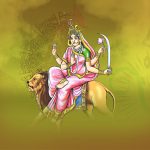


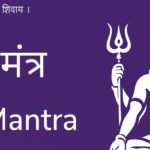

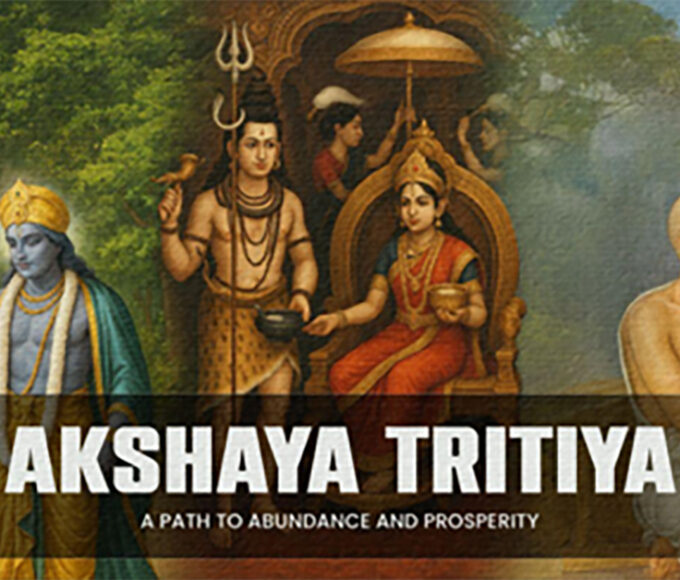
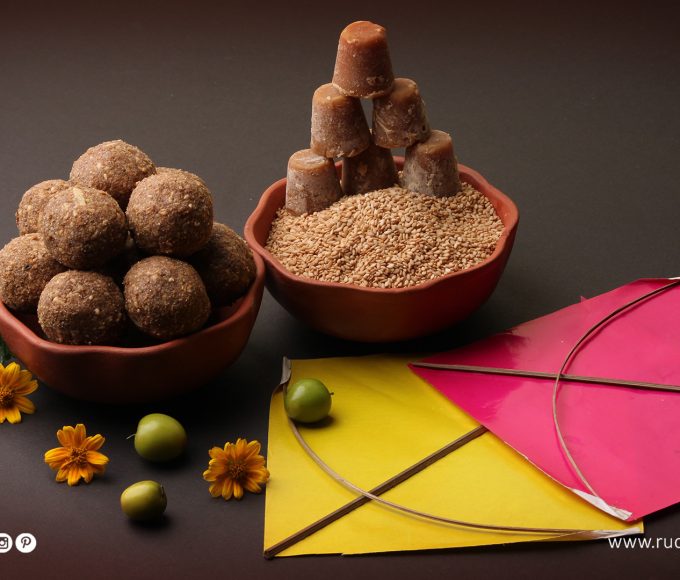
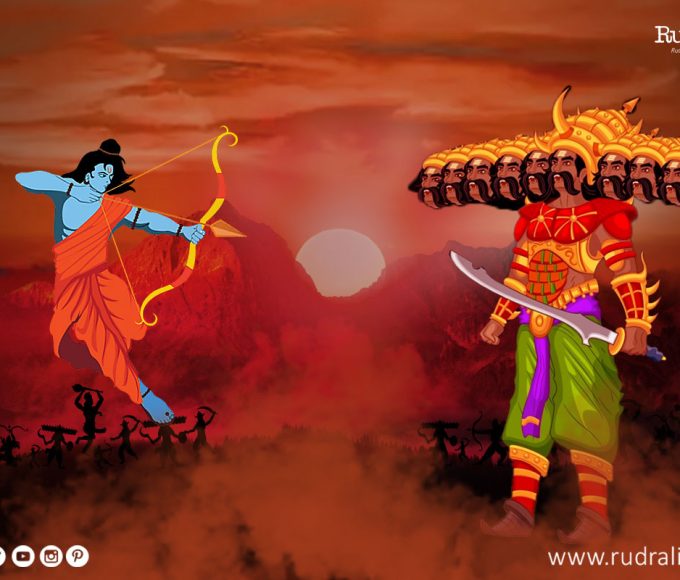

Leave a comment